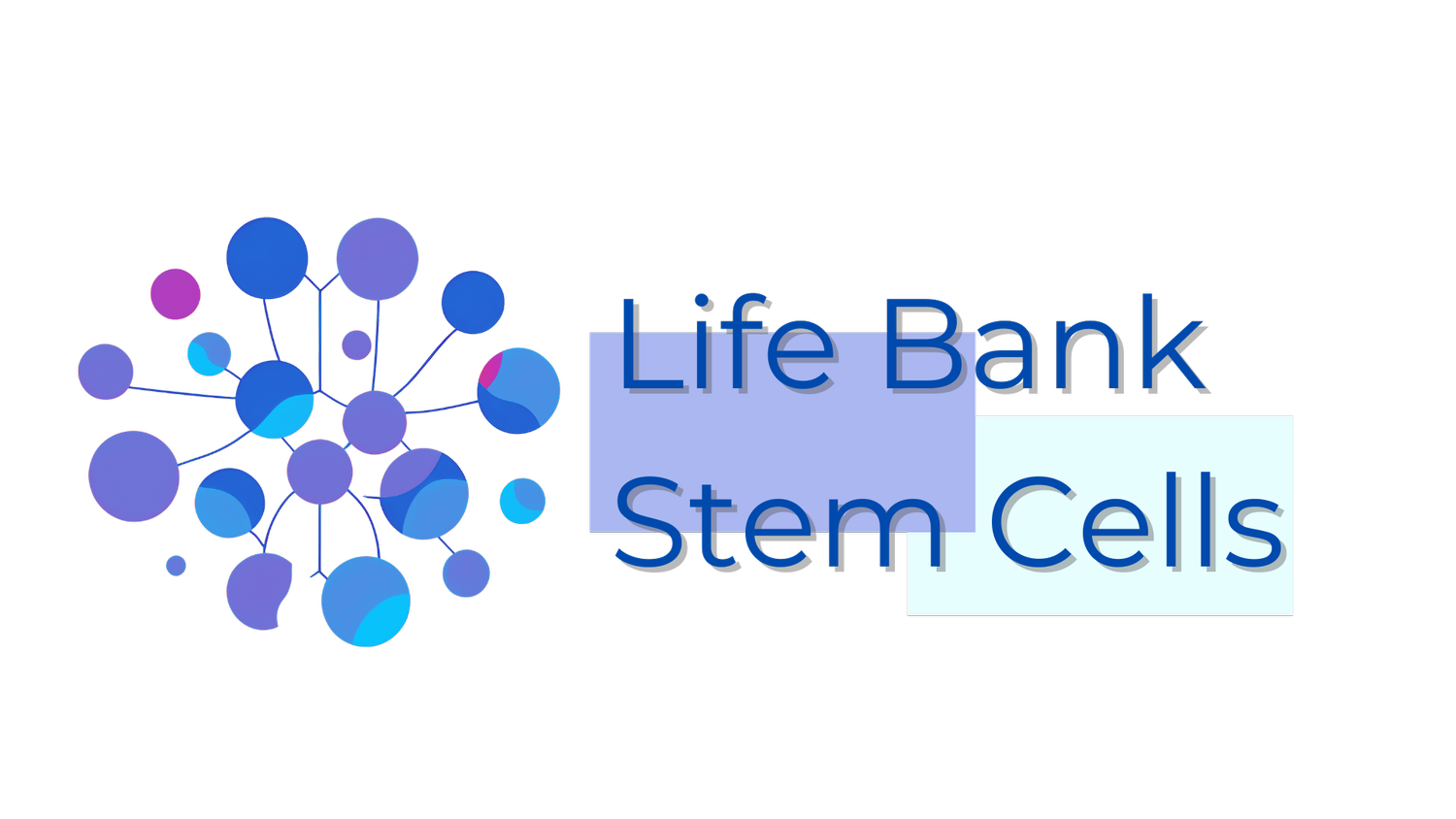Underutilization of Stem Cells in Medical Practices
Current medical practices lack regenerative solutions, necessitating the development of therapies that promote tissue repair and regeneration to improve overall health. Stem cell therapy holds the promise of addressing these limitations
Challenges include a rapidly aging population, limited treatment options for chronic diseases, and the escalating costs of healthcare. Traditional therapies often manage symptoms rather than addressing the root causes.
Background and Definition
iPSC
Induced pluripotent stem cells (iPSCs) are a type of stem cell that can be generated from adult cells, such as skin cells or blood cells, through a process called reprogramming. iPSCs were first discovered in 2006 and have since become an essential tool in regenerative medicine and disease research.
Like embryonic stem cells, iPSCs possess two fundamental characteristics: self-renewal and pluripotency. Self-renewal refers to the ability of iPSCs to divide and produce more identical iPSCs, enabling their indefinite expansion in culture. Pluripotency means that iPSCs have the potential to differentiate into cells from all three embryonic germ layers: ectoderm, mesoderm, and endoderm. This versatility allows iPSCs to give rise to a wide range of cell types found in the human body
What does this imply?
iPSC
iPSC banking signifies a forward-thinking approach where individuals preserve their biological resources for potential future use in regenerative therapies or medical treatments. When we opt to bank our iPSCs, we essentially store a unique and personalized cellular asset. Through a process of cellular reprogramming, these iPSCs are derived from a person's own cells, and are transformed into a state resembling embryonic stem cells.
The stored iPSCs essentially hold the genetic information and characteristics of an individual's younger and healthier cells. As these cells have been reprogrammed with reversed cell age to an embryonic-like state. Should the need arise for personalized treatment due to injury, disease, or degenerative conditions, these iPSCs can serve as a valuable resource for regenerative therapies tailored to an individual's unique biological makeup
Unique Selling Points
Promote Cell Regenerative Potentials Through Rejuvenation
Patient-Specific Regenerationand Reduced ImmuneResponse
Disease Modelling and Flexibility in Differentiation
Pioneerand Hubfor South EastAsia

OUR SERVICES
Leader In Stem Cells Commercialization
iPSC Storage
Stem cell storage serves as a prudent investment in the potential of regenerative medicine.
MSC Rejuvenation
MSCs represent a versatile and potent resource with the capacity to both repair tissues and regulate immune responses.
iPSC Reprogramming
Creation of iPSCs opens up new avenues for personalized medicine and disease modeling

The involvement required from individuals who wish to bank their iPSCs is to get their sample of blood collected.
This will be done by our healthcare professional using standard blood collection techniques, such as venipuncture. The blood will then be collected into tubes containing anticoagulants to prevent clotting
What do I need to do to bank my iPSC?
How Rejuvenation Would Help Us
Enhance the regenerative capacity of the cells, allowing them to replace damaged tissue
Healthier aging, extending the quality of life, and reducing the burden of age-related diseases
Lifespan extensions of stem cells open up to a longer-lasting and more sustainable source of regenerative cells




